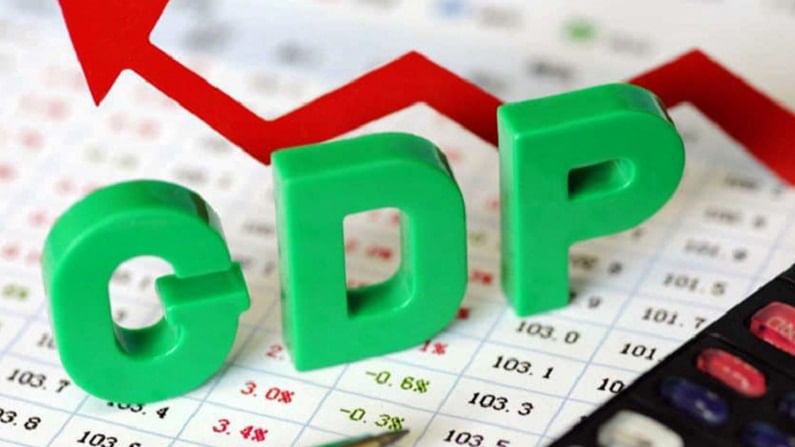Despite robust tax collections, fiscal deficit may dip below 6.8% in FY22
Net tax collection increased by 74.4% to Rs 5.70 trillion in September from Rs 3.27 trillion the previous year.

The financial year 2021-22 may end with a fiscal deficit of 6.8% of GDP—the same as the budget estimate— even though tax collections have been robust, according to a media report. The Budget has estimated the fiscal deficit at Rs 15.07 lakh crore. It will not be reset because the Centre is anticipated to overspend on subsidies, particularly food and fertilisers, the Business Standard reported, quoting an unnamed official.
The rise is expected primarily as a result of an extension of the free food grain distribution scheme through November and high worldwide prices for fertiliser raw materials and finished products, it said.
What economists foresee
Economists, however, expect the fiscal deficit to be reduced by at least half a percentage point from the initial target, the report said.
Soumya Kanti Ghosh, group chief economic advisor, State Bank of India, is quoted as saying that the Centre’s fiscal deficit, which shrank during the April-August period, is forecast to be lower than the budgeted objective, ranging between 6.2 and 6.3% of GDP, assuming the government reaches its disinvestment target and keeps the likely higher-than-budgeted revenue from fuel excise charges.
Aditi Nayar, chief economist at ICRA, said in FY22, the fiscal deficit was expected to be Rs 13.8-14.8 lakh crore. The amount of reduction will be determined by disinvestment.
Fiscal Deficit
The fiscal deficit in proportion to the BE fell to an 18-year low of 31.1% in the first five months of FY22. The budget had estimated the food subsidy at Rs 2.43 lakh crore.
The Pradhan Mantri Garib Kalyan Ann Yojana (PMGKAY), a free food grain distribution programme, was re-launched by the Centre, initially for May and June, but was later extended till November. This has resulted in an increase in spending of Rs 67,266.44 crore. This, together with an additional Rs 26,602 crore spent on the scheme in May and June, amounts to an additional Rs 93,868 crore spent on free food this fiscal year, the report said.
Similarly, the BE for the fertiliser subsidy in FY22 was Rs 79,529 crore.
However, due to a supply shortage, the Centre had to offer an additional subsidy of Rs 14,755 crore in June for di-ammonia phosphate (DAP) because the prices of the raw materials and final goods in global markets skyrocketed.
Furthermore, the Centre increased the non-urea fertiliser subsidy in early October as prices remained high. The subsidy rates for other fertiliser elements were also extended until March 2022, according to the Business Standard.
Tax revenues, on the other hand, grew rapidly in the first half of the fiscal year. Before accounting for refunds, direct tax revenue increased by 47% to Rs 6.46 lakh crore in September FY22, compared to Rs 4.39 lakh crore in the same time the previous year, according to government data.
Tax revenue after refunds is factored into the fiscal deficit calculation. Net tax collection increased by 74.4% to Rs 5.70 lakh crore in September from Rs 3.27 lakh crore the previous year. During the same period of FY20, the collection increased by 27% over Rs 4.49 lakh crore.